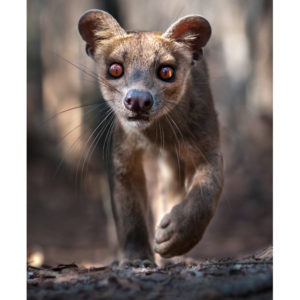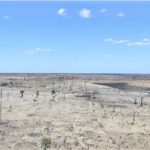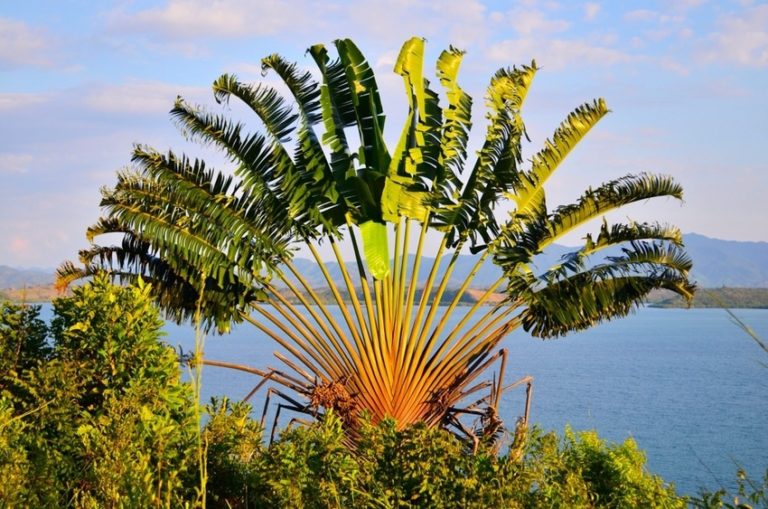Fossa-the only predator in Madagascar
Although they may be one of Madagascar's lesser known species, fossas are the only roughened animals in Madagascar and they are at least as exciting as the lemurs, chameleons and leaf-tailed geckos.

Actually they are adapted to all biotopes, but due to the enormous deforestation their area is now very fragmented and restricted. They are at home in tropical rainforests, as well as in dry forests and savannahs, they avoid non-forested areas.
Description and habits
The ancestors of the fossa and all other Malagasy carnivores were probably related to the mongoose, which arrived in Madagascar about 20 million years ago.
In appearance, fossa look more like small cougars with an incredible 3-foot long tail, but they also bear some resemblance to mongooses.

The fossa actually occupies the only niche of predators in Madagascar, fossas have specialized in hunting lemurs and are well adapted to it, they can also successfully track them up the trees.
But they also eat Tenreks, Reptiles, Birds and even Fish. With long tails for balance, they are excellent climbers and are common in Madagascar's forested habitats, both rainforest and dry deciduous forests.
They are active both at night and during the day, they are often on the ground but they are also very very nimble climbers and jump easily from tree to tree.
They do not leave their usual habitat and they are solitary except during the mating season.
Unfortunately, however, their population is rapidly declining due to ongoing habitat destruction for slash-and-burn agriculture and persecution in some areas. Despite their wide distribution, fossa sightings are actually very rare for visitors to see in most national parks and reserves due to their extremely shy nature and more nocturnal activities.
However, there is one place that is the exception and where they can be seen every day.
By far the best place to see and photograph a fossa in Madagascar is the wildlife-rich, arid 
Kirindy has been the basis for many scientific and zoological studies in the past, including a long-standing project to study the ecology of the fossa. As a result, up to eight fossa's in the area have become accustomed to the presence of humans, which is Kirindy makes it an indispensable destination for anyone who wants to see this charismatic animal.
The best time for Fossa sightings is between August and December (the driest months of the year), when several fossa pass through the terrain of the Kirindy Lodge migrate. However, you can see them all year round, and another good time to visit is between mid-October and mid-November, when they usually mate.

Of course, there is much more to see in the Kirindy Reserve: eight Lemur species, including the Mouse lemur from Madame Berthe, which is the smallest primate in the world, weighing only 30 g. Over the past 20 years we have helped numerous clients enjoy wonderful fossa sightings in Kirindy. So if you would like to see this unique and fascinating animal in the wild, let us know.













